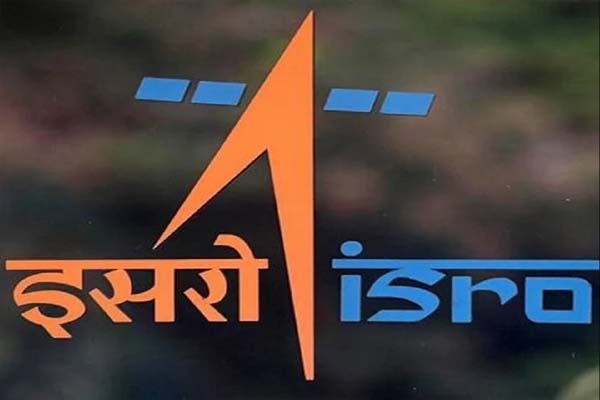In a first, ISRO demonstrates free-space Quantum Communication in country
23 Mar 2021 12:24:58
New Delhi, March 23: In the major breakthrough, the Indian Space Research Organisation (ISRO) has successfully demonstrated free-space Quantum Communication over a distance of 300 meters for the first time in the country. To achieve this milestone, ISRO used the use of India's homegrown Navic receiver for synchronising time between the transmitter and receiver modules and live videoconferencing using quantum-key-encrypted signals.

ISRO said in the statement that several key technologies were developed indigenously to accomplish this major feat, which included the use of indigenously developed NAVIC receiver for time synchronization between the transmitter and receiver modules, and gimbal mechanism systems instead of bulky large-aperture telescopes for optical alignment. satellite data communication using quantum technologies.
What is Quantum Communication?
The Quantum Key Distribution underpins Quantum Communication technology that ensures unconditional data security. Quantum-based communication offers a robust solution to sharing the keys securely. It is considered extremely secure as two parties produce a shared random secret key, which only they have knowledge of and can be used to encrypt or decrypt messages.
The free-space Quantum Key Distribution (QKD) was demonstrated at Space Applications Centre (SAC), Ahmedabad, between two line-of-sight buildings within the campus included live videoconferencing using quantum-key-encrypted signals. This is a major milestone achievement for unconditionally secured According to the ISRO, the experiment was performed at night, to ensure that there is no interference from the direct sunlight.
The experiment is its self breakthrough towards ISRO’s goal of demonstrating Satellite-Based Quantum Communication (SBQC), where ISRO is gearing up to demonstrate the technology between two Indian ground stations.
Earlier DRDO also demonstrated the Quatam Communication between two DRDO labs, DRDL and RCI, to show secure communication.
.
.